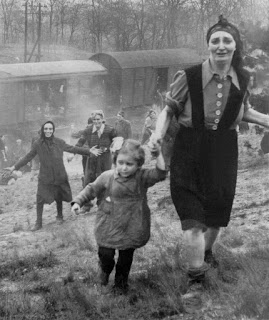Lock (fastening device)
INTRODUCTION Key and Lock Mechanism This diagram shows the way a key opens its corresponding lock. When the key is inserted into the lock, its grooves raise spring-loaded pins of corresponding sizes. This permits the key to turn the cylindrical plug and open the lock. Only a key with grooves that exactly correspond to the size of the pins will permit the plug to rotate in the lock barrel. Lock (fastening device) , mechanical device used for fastening doors, chests, and lids, consisting essentially of a bolt guarded by a mechanism released by a key or a combination. Mechanical Bolt Lock Mechanical Bolt Lock A bolt lock functions when a key is inserted into the notch, or talon. The key moves the bolt backward or forward, depending on whether the user is opening or closing the lock. Encarta Encyclopedia Michael Boys/Corbis ...




Comments
Post a Comment